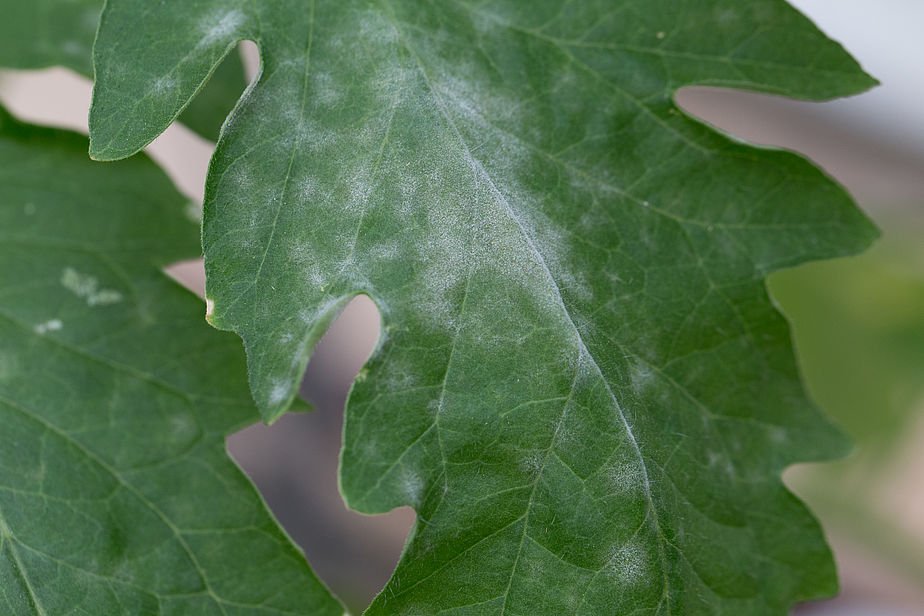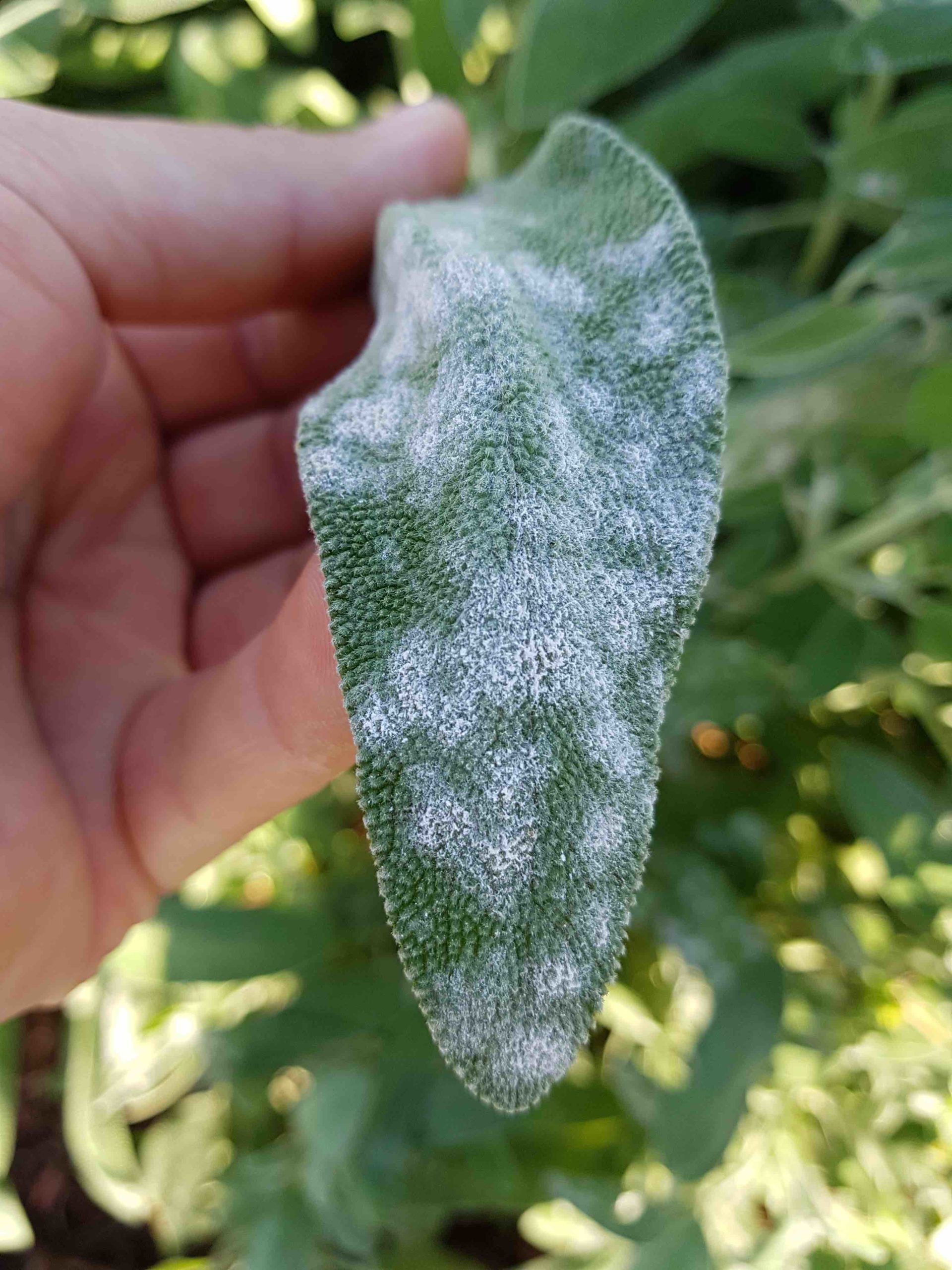CALL TO MEET WITH AN ARBORIST
704.525.3066 Charlotte
828.231.6008 Asheville
704.892.8927 Lake Norman
Powdery Mildew
What Is It?
Powdery mildew is one of the easier plant diseases to identify, as its symptoms are quite distinctive. Infected plants display white powdery spots on the leaves and stems. The lower leaves are the most affected, but the mildew can appear on any above-ground part of the plant. As the disease progresses, the spots get larger and denser as large numbers of asexual spores are formed, and the mildew may spread up and down the length of the plant. In our area, it is most commonly found on crape myrtles, euonymus, and dogwoods. In spring, the fungal threads produce spores that start the initial infection, especially during periods of high humidity when days are warm and nights are cool (ideal temperatures range between 60 to 80 degrees F). As the infection advances, buds fail to open, leaves can become distorted, turn yellow, brown, or show chlorosis, or they may drop prematurely. Fruits develop blemishes or abort early.


What Can We Do?
Cultural
Many powdery mildews, especially those that attack trees and shrubs, are more unsightly than harmful. Good sanitation is very important to reduce infections next spring and summer. Powdery mildews do not grow on dead tissue, but they have structures that carry them through the winter on dead and living plant tissue.
- Remove diseased leaves as soon as they drop off
- Do not compost or use as mulch
- Purchase disease resistant plants
- Plant and space properly in well drained soil where plants receive all day sun and good air circulation
- Avoid working among plants with wet foliage
Chemical
Since most powdery mildew symptoms occur late in the growing season, it is usually not considered serious enough to justify chemical control. However, some plants may warrant protection and successful chemical control requires applying a fungicide properly and at the right time.
GET LIVE UPDATES FROM HEARTWOOD TREE
Stay current with the updates, newsletter and our event schedule. We are passionate about increasing awareness about the diminishing canopy coverage of our planet and we’re always staying involved to continue to be a part of the solution.

